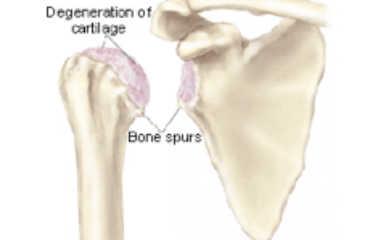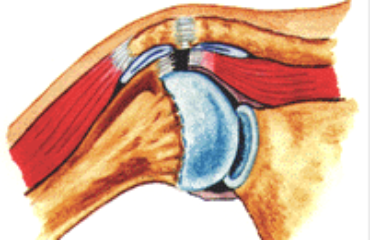The shoulder consists of a ball and socket joint, which forms at the head of the humerus, also known as the arm bone, and the glenoid labrum, the socket of the scapula’s shoulder joint. This construction makes the shoulder joint incredibly mobile, allowing the arm to move in most directions. However, this freedom of mobility also makes the shoulder rather unstable.
The rotator cuff muscles more or less control the shoulder joint’s stability. It consists of four muscles, known as the teres minor, subscapularis, infraspinatus and supraspinatus. These muscles reside around the shoulder joint, helping move the joint and provide stability.
However, this doesn’t mean these muscles aren’t prone to pain. Along with the shoulder joint itself, the rotator cuff muscles are a common source of shoulder pain.
Shoulder pain affects people on a regular basis. It originates from a wide variety of conditions, some of which don’t even originate in the shoulder at all. In this article, we’re going to review statistics about shoulder pain and learn about risk factors that make people more prone to shoulder pain.
About Your Shoulder Pain ~ Statistics about Shoulder Pain
In 2010, the United States Centers for Disease Control and Prevention found that as much as 1.2 million people went to an emergency room for  shoulder problems, mainly shoulder pain.
shoulder problems, mainly shoulder pain.
Shoulder pain isn’t a new occurrence at all. Other orthopedic statistics from 2006 told much of the same story. Those statistics revealed that as much as 7.5 million people had gone to an orthopedic doctor’s office for some type of shoulder problem, including sprains and strains of the upper arm and shoulder. As much as 4.1 million of these orthopedic visits were for rotator cuff problems alone.
There’s a reason why shoulder pain is prevalent in people. Shoulder pain often originates from shoulder injuries. Shoulder injuries are often caused by strenuous activities like sports. People who participate in various sports often make excessive, repetitive and, sometime, overhead motions that place a lot of stress and pressure on the shoulder joint and its surrounding muscles and soft tissues.
People usually know they have some kind of shoulder pain if they feel stiffness, soreness or tenderness within their shoulder. The mobility of their shoulder also becomes impaired. A lot of people also lose strength in their shoulder, which makes it difficult for them to lift or move around their arm.
Shoulder injuries also happen from regular wear and tear. Aging often makes shoulder problems grow worse. The older population often experiences shoulder problems.
Rotator cuff injuries are probably the most common shoulder injury in older people. Statistics show that as much as 25 percent of people over age 50 have some sort of rotator cuff issue.
Shoulder problems affect men, women and children of any race and ethnic background. However, there are some risk factors that do make some people more prone to developing shoulder pain.
The risk factors of shoulder pain often include rotator cuff tendinitis or tears, frozen shoulder (adhesive capsulitis), rheumatoid arthritis, severe infections (septic arthritis), heart attacks and some cancers, such as lung cancer.


